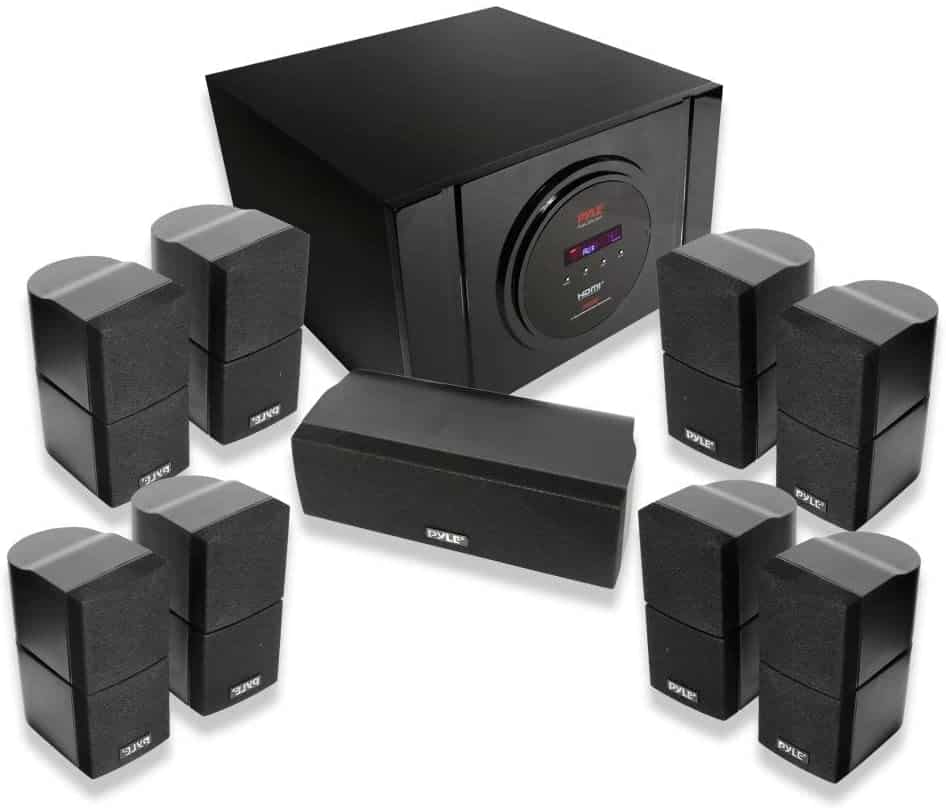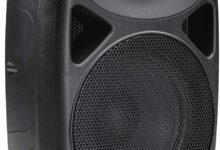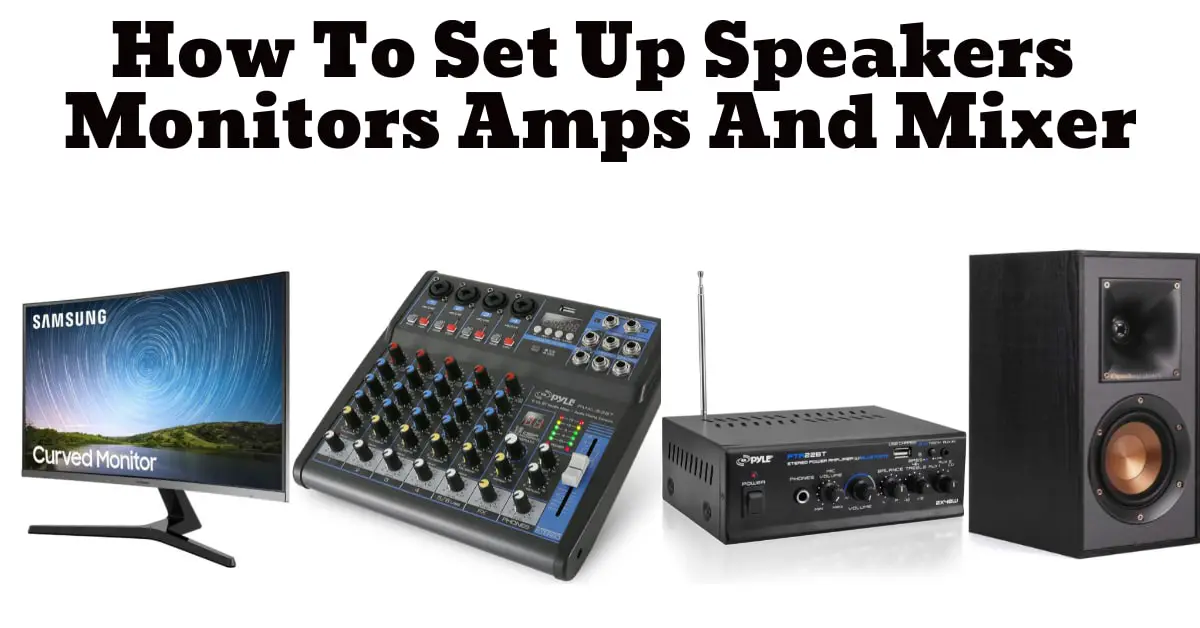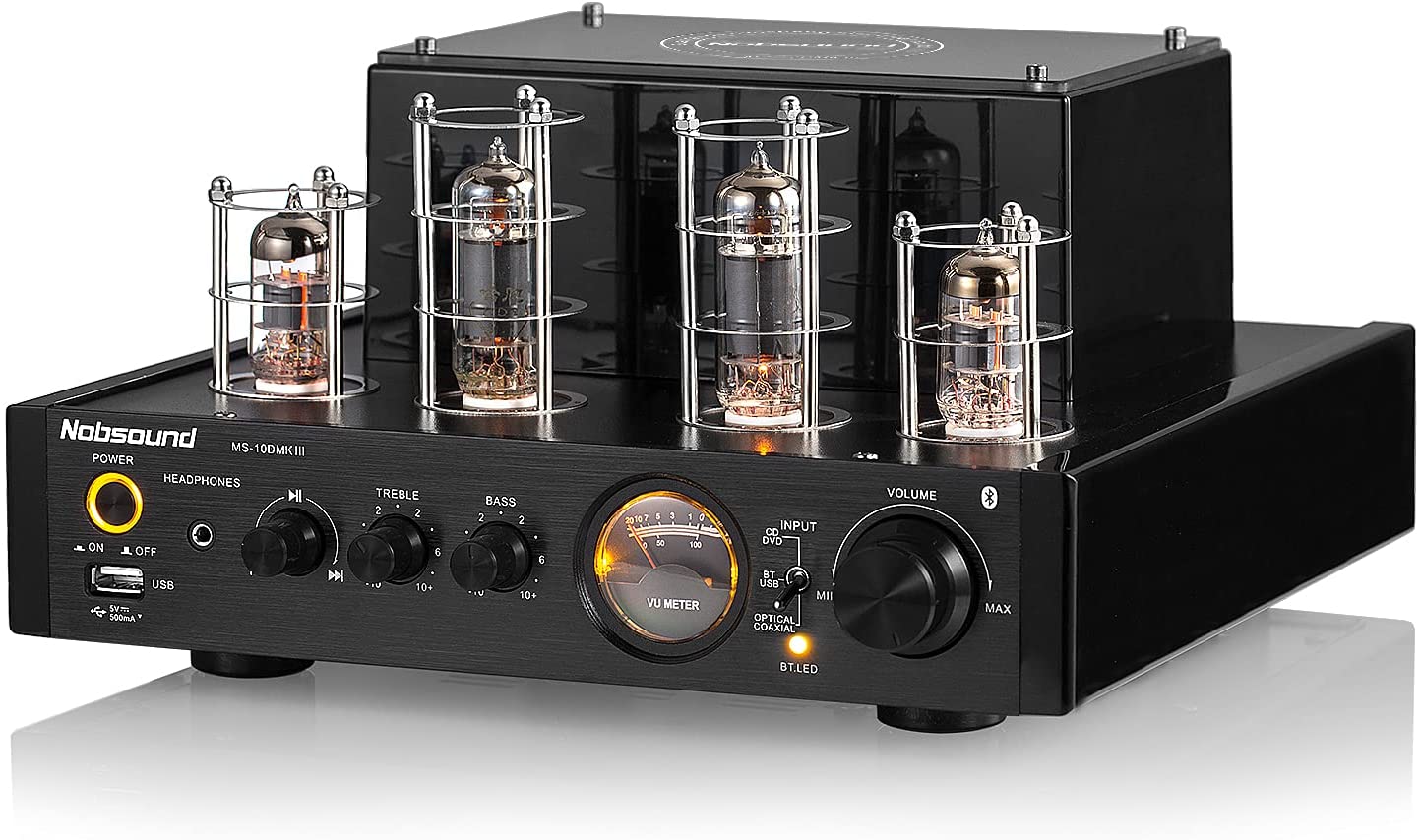Have you heard of bi-amping and/or bi-wiring of speakers? Well, not like it’s new, but most people don’t know about these setups.
Basically, “bi” means double/two/dual, so it is guessable that bi-amping means connecting one speaker to two different amplifiers.
How to Bi-Wire and Bi-Amp Stereo Speakers? Simply get two pairs of speaker wires, connect them to your speaker, and then to the amplifier.
Well, audiophiles would stop at nothing until they get that “perfect” sound they want to hear.
An audio enthusiast would want to know the function of all the terminals, connectors, and ports on his/her speaker device.

This eagerness is the breathing ground of most home audio tweaks that exist today.
Ever wondered why your Fluance or Yamaha speaker comes with two sets of terminals? Apparently, the second set of terminals isn’t included for anything’s sake; it is there to solve a purpose, but you probably didn’t know.
Well, without saying much, let’s dig into our focus for today – how to bi-wire and bi-amp stereo speakers.
Table of Contents
What Do Bi-Wiring And Bi-Amping Mean?
Both refer to methods of connecting stereo speakers in a bid to get the best sound reproduction from the drivers.

Not all speakers come with dual sets of connectors or terminals; hence, not all stereo speakers support bi-amping or bi-wiring.
Before you can practice any of these stereo connection techniques, your speaker must support either or both of them. So what exactly are bi-wiring and bi-amping?
Bi-Wiring Stereo Speakers
Bi-wiring is simply a way of connecting stereo speakers to amplifiers.
Basically, you connect your speakers to an amplifier using a pair of speaker wires; but if the speaker supports bi-wiring, it’d come with two sets of terminals, which means you can get 2 pairs of speaker wires to connect the speaker to an amplifier.

In the bi-wiring method, a speaker is connected to an amplifier using two pairs of speaker wires. This means, the tweeter would connect differently and the woofer driver would connect differently too, but on the same amplifier.
Well, some people believe that bi-wiring is as good as just wasting one’s time since the speaker wires are connected to the same port on the amp.
Regardless, some audio enthusiasts believe that this type of connection can slightly improve mids, which is believed to be the best frequencies for music playback.
Speakers that do not support bi-wiring make use of crossovers to distribute frequencies accordingly, to all the drivers in a speaker device.
Bi-Amping Stereo Speakers
Bi-amping is somehow similar to bi-wiring. You need two different amplifiers for this connection, it’s a bit different from bi-wiring.
In this connection method, the amplifiers would handle different frequencies. For example, you can use one amplifier for bass and the other for treble.
Well, before you can bi-amp your speakers, the speaker must support bi-wiring; in essence, the speaker needs to feature two sets of terminals for connections.
Bi-Amping takes speaker connections to another level by isolating the frequencies, delivering high frequencies to one amp and low frequencies to the other amp.
Each frequency range would have its dedicated amplification channel.
Interestingly, some multi-channel receivers support up to 4 amplification channels and you can use all of them to independently power the upper and lower binding posts.
While many home audio enthusiasts don’t see this as a “real deal,” some audio enthusiasts believe that bi-amping improves sound when playing back music or movies.
To bi-amp your speakers you also need two sets of speaker cables or wires.
However, this time around, you won’t be connecting the other ends of the cables running from your speaker to the same amplifier.
You’d connect one pair of the speaker wires to one amp, and the other pair to the other amp.
Things To Note:
It is important that you note these things about bi-wiring or bi-amping stereo systems.
- The speaker(s) must have up to four binding posts or terminals. That is to say, the speaker needs to come with two sets of connectors (x2 red posts and x2 black posts). There is nothing to worry about if your speakers do not support this feature, they would still sound well if you connect them to a good amplifier that matches their impedance and power.
- You would need two pairs of speaker cables. It is preferable to buy identical speaker cables for the connections; that way, the connection would be easier and seamless.
- Most audiophiles don’t believe that bi-wiring and bi-amping are really effective, but some others believe it makes their sound much better.
- In most cases, neither bi-amping nor bi-wiring can significantly improve the sound quality you’re getting from your speakers.
- Before you can bi-amp your speakers, you must bi-wire them, which means you need two speaker wires and the speakers must support two sets of terminals.
How to Bi-Wire and Bi-Amp Stereo Speakers
As mentioned above, you need two sets of speaker wires and then you’ll connect the speaker wires to the dual sets of terminals on your speaker(s).
- Connect two pairs of speaker cables to the dual sets of terminals on your speaker
- Connect the other end of the cables to the same amplifier (if you’re bi-wiring), or connect them to two different amplifiers (if you’re bi-amping).
- That’s all! There is actually no big deal in the process. It is something anyone can do without following a video guide. Just ensure that you connect the speaker wires into the respective terminals on the speaker and on the amplifier(s).
- If the connection is correct, go-ahead to start playing your media and check the quality of sound you’re getting. You can go ahead to tweak the amplifier if the sound you’re getting is not as you expected.
The Best Stereo Speakers To Buy
- Yamaha NS-6490 3-Way Bookshelf Speakers
- JBL Professional C1PRO 2-Way Compact Loudspeaker
- Klipsch R-41M Powerful Detailed Bookshelf Home Speaker
- NEUMI BS5 Passive Bookshelf Speakers
- BESTISAN Bookshelf Bluetooth Speaker
What More?
Not all speakers support bi-wiring, if yours does not support it, there’s nothing to worry about. Actually, crossovers in speakers perform a good job in distributing frequencies; thus, guaranteeing better sound reproduction.




